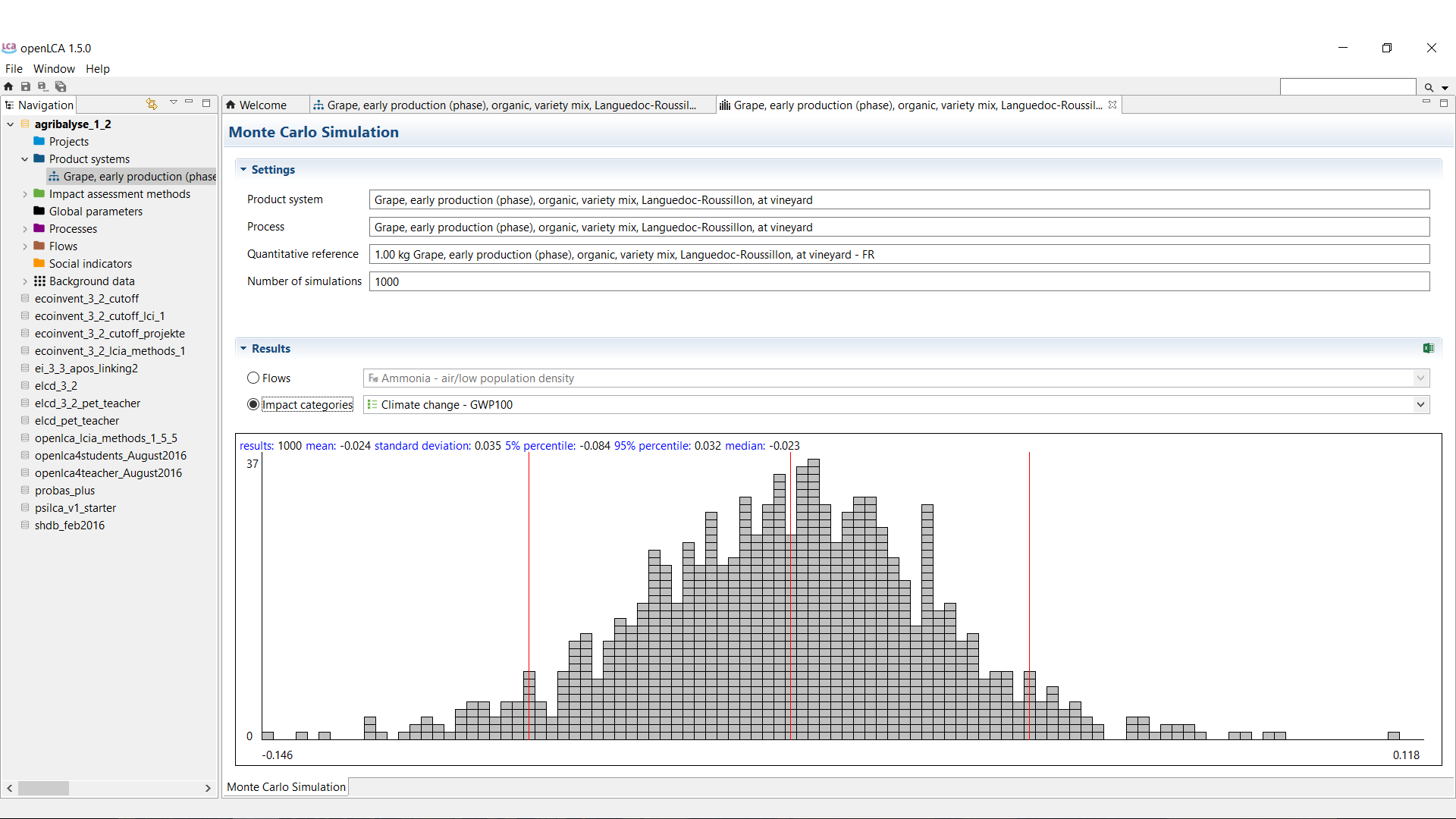

For fully appreciating the origin, structure, and interrelation of the different industrial ecology methods, however, some extra work with the background material will be helpful. Readers can choose their preferred level of exposure to conceptual foundations, and can jump to the methods section, which also contains most of the exercises, at any point. In the application section a number of selected case studies and other examples are presented.

In the methods section the core industrial ecology methods material flow analysis, life cycle assessment, and input-output analysis are introduced. In the background section a general introduction to the topic is given and the theoretical foundations of interdisciplinary systems science in general, and industrial ecology in particular, are laid. The course is divided into three broad sections: background, methods, and applications. There are now more than 40 exercises and tutorials, and these form the core of this course.
#OPENLCA HELP CODE#
It features the following items, which are freely available for educational use: lectures (screencasts and webinars of 15-60 minutes), exercises with sample solutions, code samples or notebooks, and reading material (papers, essays, reports, blog entries). The course was developed for university students. Second, to guide new industrial ecology researchers towards having fun and impact with properly conducted science for sustainability. It has two purposes: First, to document and explain some of the ‘soft’ knowledge around industrial ecology concepts, methods, data, and applications that is needed to conduct state-of-the-art industrial ecology research. The Industrial Ecology Open Online Course (IEooc) is a collection of web content on industrial ecology background, methods, and applications.


 0 kommentar(er)
0 kommentar(er)
